Autumn on the Hudson
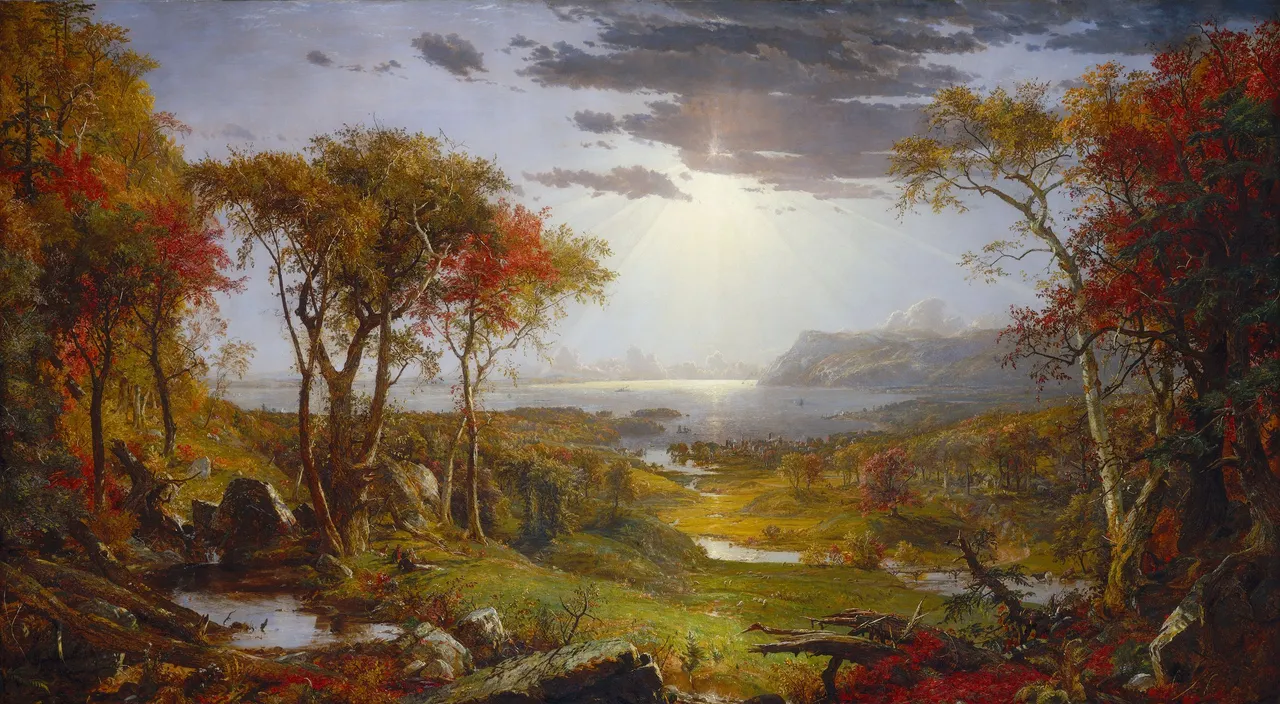
Elijah Nicholas Wilson. public domain.
What's in a name? In this instance, for me, Smith is a link to the past, it is a legacy reclaimed. In choosing my name, Silver Smith, for the Silver Bloggers community, I was quite deliberate. Smith was my paternal grandmother's family name.
Here is a picture of my great grandmother (we called her Grandma Smith) and me. The photo was taken in the summer of 1949. I extracted these two images from a large family photo we posed for together. I was one year old at the time (born in the spring of '47). My great-grandmother was 79.
Grandma Smith died the year this picture was taken, so I have no recollection of her.
Grandma Smith and Me, 1949
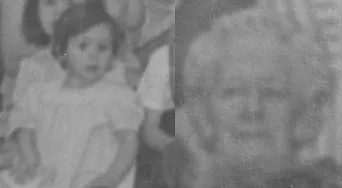
I was told, when I was a child, that my family's roots in our community stretched back to the earliest days of American history. This was a time before the U.S. as a nation was even a concept.
The fact of my family's colonial legacy was revealed to me with pride. As I investigated the details of the family's past, I discovered some facts that did not fill me with pride.
One ignoble fact was described in the pages of a book written by C. M. Woolsey (published, 1908). I learned from this book the names of different ancestors who resided in Ulster County, NY, where some of my ancestors settled. Ulster County sits on the West side of the Hudson River, in the lower Hudson River Valley.
Mr. Woolsey refers to a certain William Bond. It seems William, my ancestor, was among the first English settlers in that part of the county (he appeared on the tax rolls 1714-15 and in subsequent years). As I looked into the story of William Bond I learned something surprising. William settled in his new homestead with at least one daughter and "several slaves". Not only did he bring slaves with him, but when his slaves died, they were buried with him. Slaves in life and death, I guess.
I had known that slavery was part of New York's history, but I never guessed my ancestors were among the slave holders. And I never realized how widespread the use of slaves was.
Slavery was intrinsic to the state's early development. The YouTube video below is from Vassar College. The video describes slavery as it existed in the colonial era, and in the early years of the state's existence
Before William Bond, the Dutch had settled along the Hudson River, and before them the area had been home to Indigenous peoples. In the locale where my ancestors eventually settled, the Esopus were a significant presence.
A review of the map below reveals the names of different Indigenous tribes that lived in the lower Hudson Valley. Many of the names on the map may be found in the valley today, on bridges and towns and cities. Among these are the Esopus, Haverstraw, Wappinger, and Tappan.
Indigenous People of the Lower Hudson River Valley
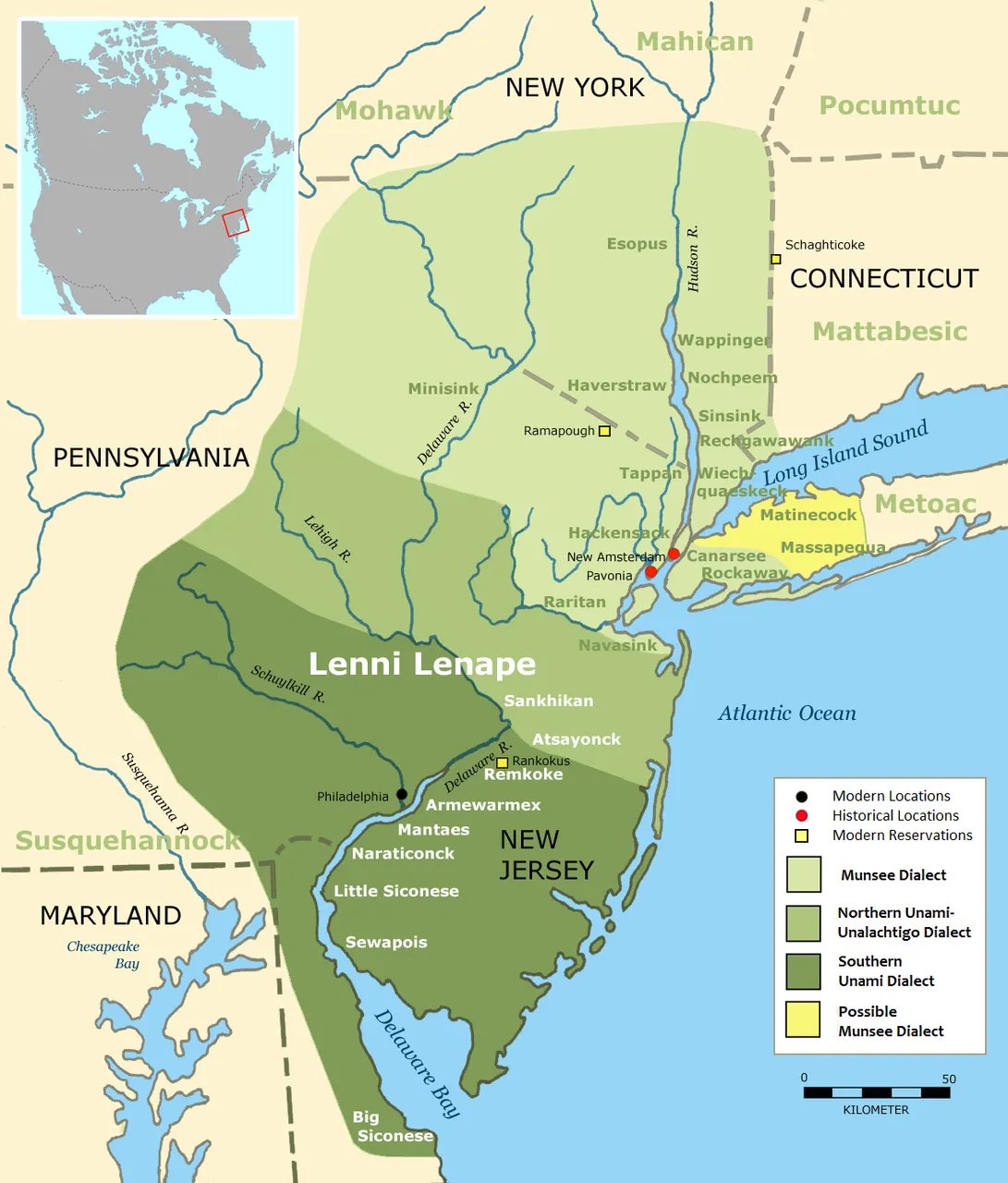
Credit: User: Nikater. CC 3.0 Attribution license.
I have a great love of history. Is it because history was all around me, a palpable presence when I was growing up? Or is it because through history I could reclaim a part of my life that I lost?
Exactly 66 years ago, on October 3, 1958, my mother called us into the living room and told us to pack our things. We were leaving quickly, and finally. We were leaving our home behind, and most of what we owned in order to start a new life.
The reason for that rupture may be material for another blog, but the fact of it had a dramatic influence on my life. After we left, I was homesick for a while, and in a way I will always be homesick because I can never recapture that time, that moment, the childhood I left behind.
A Picture of My Dog, Boots, in Front of the House I Left
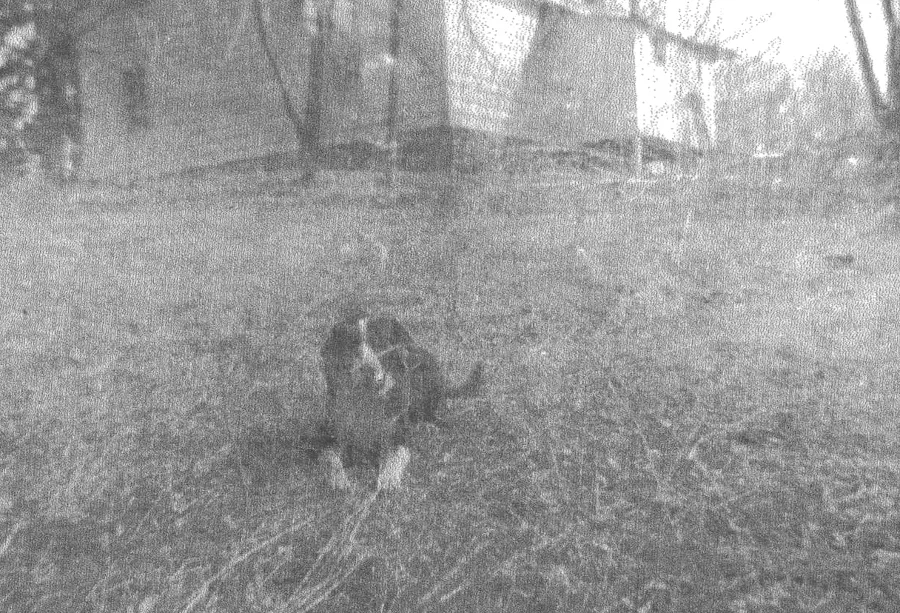
As I look into my paternal ancestry, I don't stop with the Smiths. Both sides of my paternal family go back, way back to the founding of the United States.
Henry Hudson claimed the Hudson Valley for the Dutch in 1609. One of my earliest colonial ancestors, Pieter Casparszen van Naarden, came from the Netherlands. I cannot ascertain the exact date, but he was born in Amsterdam, North Holland, Netherlands and married in New Amsterdam, New Netherland, in 1651. So, surely, he was in New Amsterdam before 1651. New Amsterdam was the capital of New Netherland, and was on the site of what is today New York City.
The Dutch did not hold onto their colony, New Netherland, for long. In 1664 the English took it over and renamed the colony New York. While the picture below shows the English taking New Amsterdam, it is my understanding they did not disturb greatly the settlers who lived up the river, in the valley.
Because of this, the Dutch way of life in the Hudson Valley was undisturbed and much of the culture remained to influence the developing society.
Landing of the British in New Amsterdam, 1664

Credit: American School, (19th century). Illustration is in Ellis's History of the United States (1899) by Edwards Ellis. public domain.
How does this additional bit of information affect my sense of legacy in the valley? One point that is driven home is the influence religious strife had on the family. Pieter Casparszen van Naarden was a Huguenot. This group of Europeans were Protestants who were persecuted for their faith in other countries. The Netherlands had offered safe refuge.
Other Huguenots populate my background. The Devoes, for example, fled from France in the late 17th century. They were among a wave of Huguenots who settled in communities along the Hudson River. These communities include most significantly Kingston and New Paltz.
Huguenot House, on Huguenot Street in New Paltz, NY
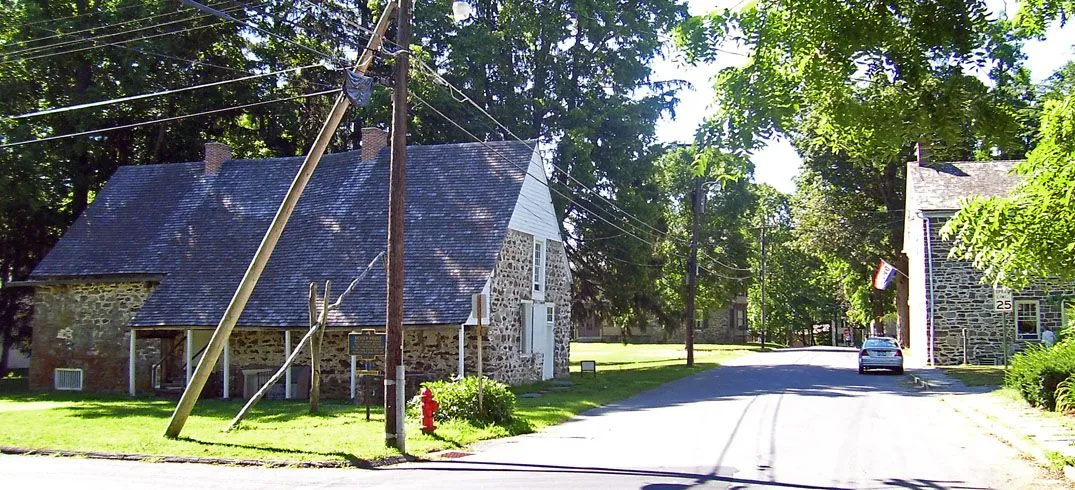
Credit:Daniel Case at English Wikipedia. CC 3.0 attribution share alike license. New Paltz was founded by twelve French Huguenot families in 1678. They purchased their land from the Esopus. These Huguenot families had a strong desire to keep their French culture, but eventually were influenced by the Dutch who had settled around them.
Other members of the family who were escaping religious persecution were the Baxters. These forebears were Puritans and settled first in Massachusetts Bay Colony before moving to other parts of the colonies. Salem, Massachusetts, became notorious for witch trials, as many of my readers will likely recognize. Salem was located in the Massachusetts Bay Colony.
All the disparate threads of my ancestry--Baxters, Devoes, Van Naardens, Smiths--came together after many generations in the marriage of my grandfather and grandmother. As I look at the name Smith and follow the path that name opens to me, I become involved in an adventure that is larger than my single life. What's in a name? A link, a thread, a connection, a window to history.
